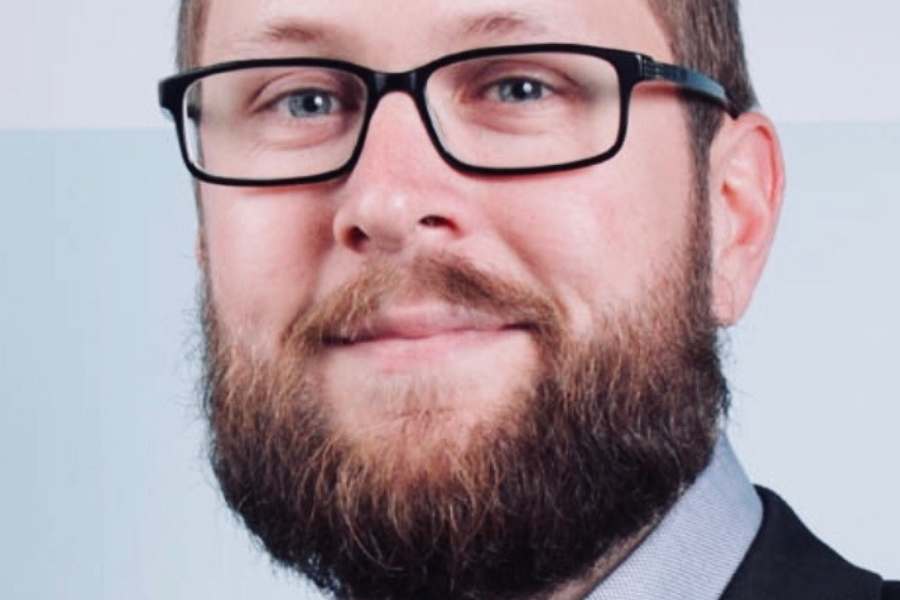As the world shifts, Australian businesses are being urged to take advantage of artificial intelligence (AI): the Australian Computer Society last December released a starter guide to help businesses embrace the technology, with its President, Yohan Ramasundara, saying AI “promises to revolutionise the way we do business, optimising business processes and creating entirely new revenue streams”.
However, the rise of AI has understandably raised concerns around job losses.
For Newcastle-based health insurer nib, whose chatbot ‘nibby’ celebrated its first birthday last November, the development and implementation of the AI solution was done hand in hand with the frontline staff whose jobs one might assume it could put in jeopardy.
Talking to Startup Daily at the AWS re:Invent conference in Las Vegas, nib’s head of emerging technology Mathew Finch said the key to the chatbot’s development and eventual success was building a cross-functional team that included staff who would go on to have some of their tasks taken on by nibby.
“There’s definitely a change management aspect to it,” Finch admitted. (The original media release nib put out announcing nibby’s launch was careful to mention that the bot would be assisting staff rather than replacing them.)
A key part of his role in the development of nibby, he explained, was first educating the business around what AI actually is, and clarifying some of the stereotypes about what AI can actually do and what kinds of capacity is still at least a decade away.
Finch also collaborated with the nib contact centre from the very early stages of the proof of concept to help inform what staff on the frontline actually needed nibby to do: handle the routine requests, whether it be sorting calls, responding to a member’s easy query with relevant information, or connecting them with a live chat consultant if needed.
Since launch in December 2017, nib reported that nibby handled 21,500 member interactions with a 70 percent success rate, saving 535 hours of consultant handling time.
“I think once [the contact centre staff] saw what was involved, and that they themselves could be involved in the decision making, they welcomed it, because now they get to focus on the more complex cases, where you need the human touch and need someone to guide you through if you become seriously ill and need to go through a hospital journey,” Finch said.
Built on Amazon Web Services’ Amazon Lex, a machine learning service, Nibby is just one aspect of nib’s tech transformation.
Finch, who originally joined the company an IT systems and infrastructure administrator, said nib’s embracing of tech – and more specifically and importantly, the cloud – has also seen it embrace the idea of exploring new ways to do things as a business.
“As a business, we’re pivoting more towards being a health partner, in particular looking at health technologies and how data science can be part of driving people towards healthier outcomes, and that’s a whole business transformation,” he explained.
“Then we’ve also been looking at how to improve the customer experience while also improving operational efficiencies.”
In his role as head of emerging technology, Finch sees himself as the tech partner helping the business identify and explore the right solutions to help it achieve these goals.
Among the solutions nib is looking at beyond the chatbot is how telemetry and machine learning can improve its photo claims process, and how it can collaborate with startups working to ameliorate the health of Australians.
According to Finch, this embrace of tech is part of CEO Mark Fitzgibbon’s vision for the future of what it means to be a health insurer.
“Traditionally we’ve been focused solely on financial protection: paying for you when you get sick and go to hospital. Our CEO’s vision for the future is that financial protection will be just one pillar of our overall offering, and that if you’re an nib member you don’t have to be sick to get benefit out of having a membership,” Finch explained.
“We’ll help you stay well and we’ll reward you for staying well, we’ll get you on different wellness programs and challenges with your friends, and then if you do get sick, we’ll connect you with the right programs and get you to the right providers, and pay for it if you need to have something done.”
The top-down embracing of technology means the company doesn’t have an innovation lab; rather, Finch said, everyone is expected to do it along their business lines.
To help staff experiment and fail fast, Finch and nib CIO Brendan Mills have worked to build nib’s tech on platforms like AWS, that allow for the development of quick proof of concepts.
“If we can’t do that, and if the technology I’m looking at requires servers to be installed in our data centres and things to be provisioned, and wait times, then it’s probably not the right thing. In the emerging technology space, we need to be able to pick something up quickly, build an experience around it, and then showcase it back to the business,” Finch said.
“I’m a big believer in taking more of a startup or intrapreneur approach, where we start small and keep the funding small to prove the customer demand is there, and then build off that customer demand.”
Image: Mathew Finch. Source: Supplied.
Note: The author travelled to re:Invent as a guest of AWS.




















Trending
Daily startup news and insights, delivered to your inbox.